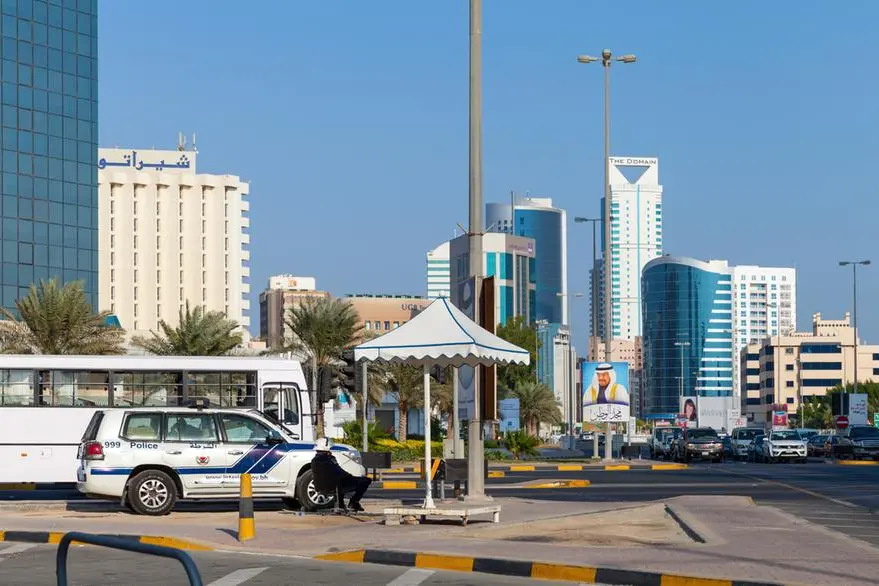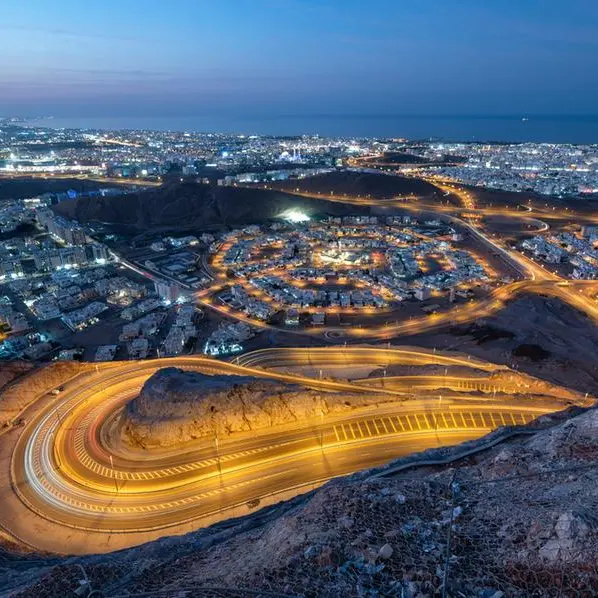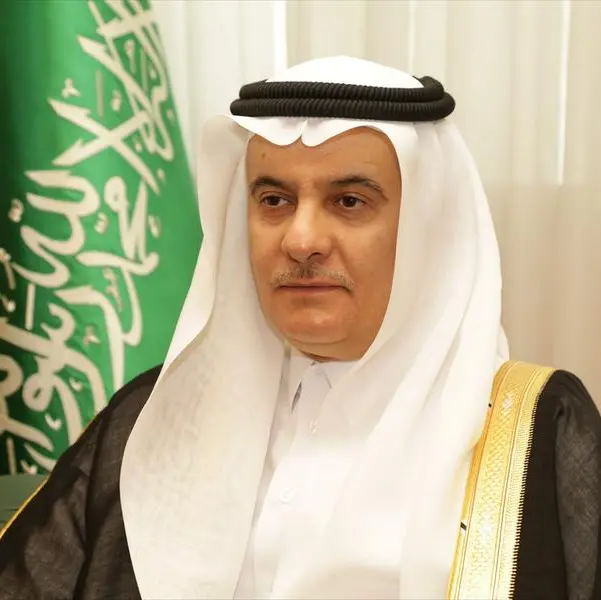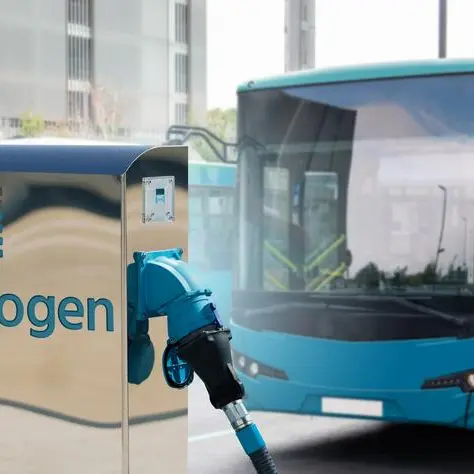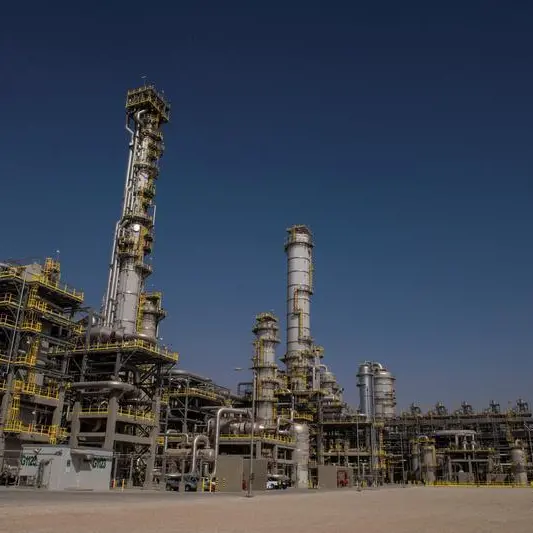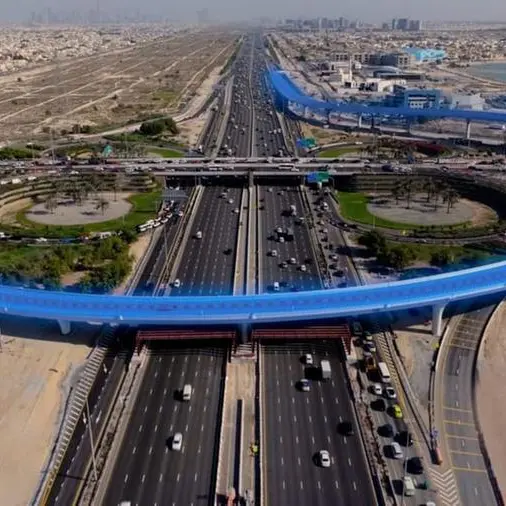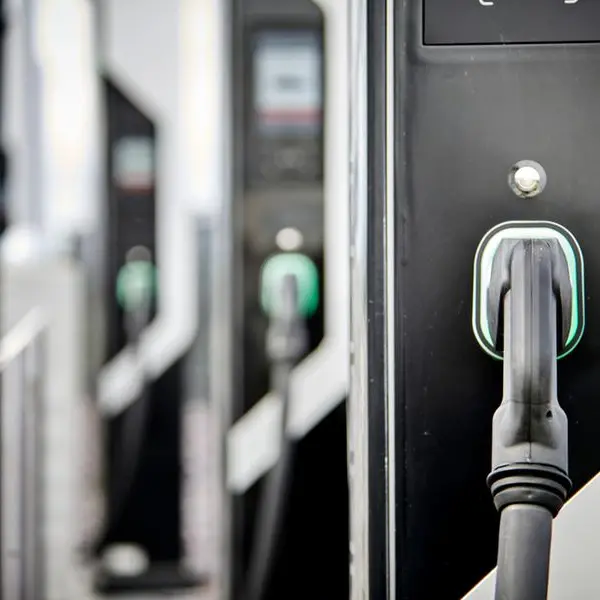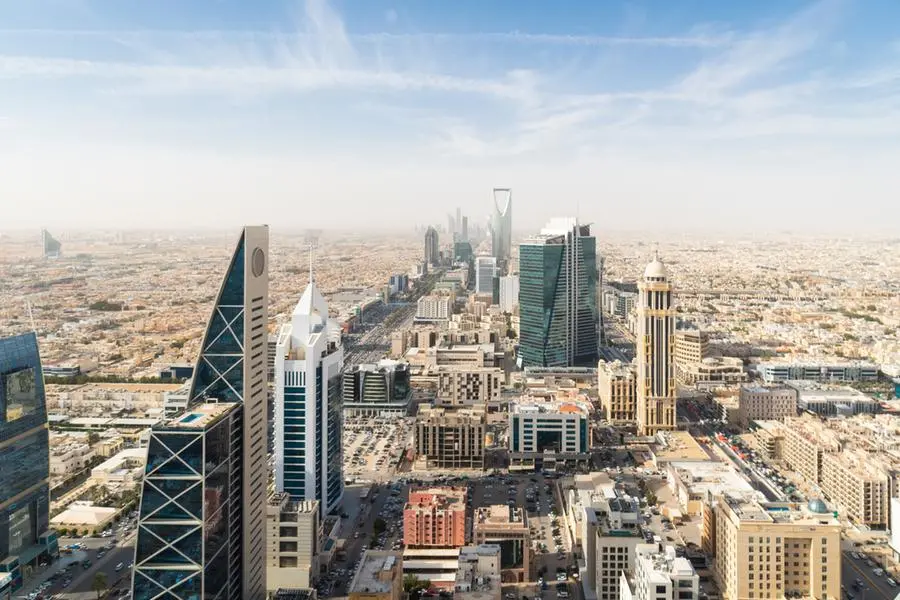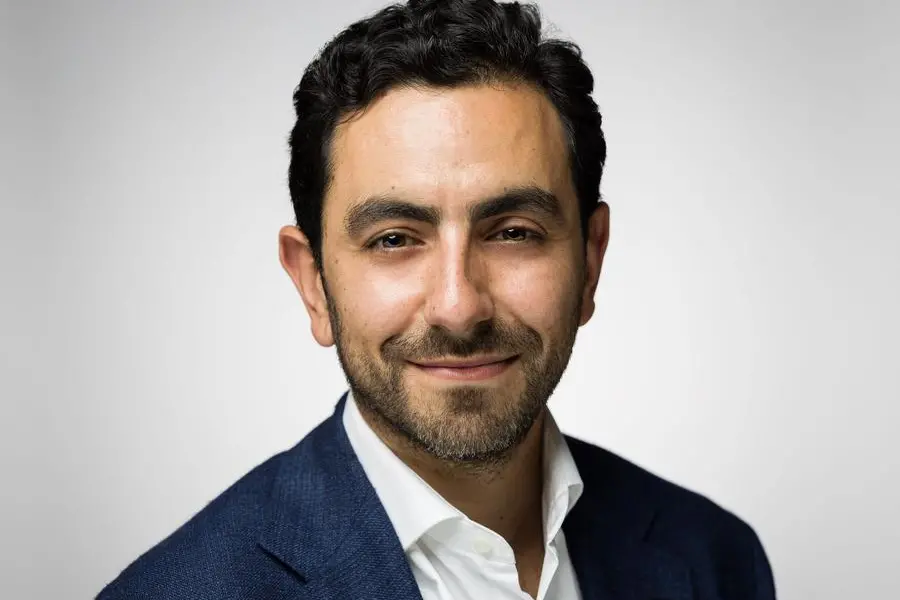PHOTO
BAHRAIN’S bus stops have come under the spotlight amid concerns over the safety of passengers ... with a call also for a crackdown on selfish car drivers blocking areas meant for the buses to pull in off busy roads.
The Southern Municipal Council has urgently called for the review, saying that many were not suitably placed, user-friendly, modern or clean.
The proposal, spearheaded by East Riffa and Hunainiyah Valley councillor Khalid Shajra following complaints about passengers having to board a bus or alight from one in the middle of the road.
“Public transportation plays a crucial role in urban mobility, with bus services being one of the most widely used means of transit,” said Mr Shajra.
“Bus stops, the nodes connecting passengers to buses, are integral to a smooth, efficient and accessible public transportation system,” he added. “A review of the current bus stops is essential for assessing their effectiveness, safety, convenience, and overall contribution to enhancing urban mobility.
“There has to be an evaluation taking in their location, design, accessibility, safety and overall passenger experience.”
Mr Shajra explained to his colleagues the need for improvements during a four-hour-long debate on the subject.
“The location of bus stops is the most important aspects concerning their effectiveness,” he said.
“A well-placed bus stop ensures that passengers can easily access public transportation without the need for long walks or unsafe crossings.
“Ideally, they should be placed at regular intervals in residential areas, commercial zones and near key public facilities like schools, hospitals and shopping centres.
“The distance between bus stops should strike a balance between passenger convenience and the efficiency of bus routes.”
He added that accessibility must cater to all individuals, including those with disabilities.
“Wheelchair ramps, tactile paving for the visually impaired, and clear, obstacle-free paths are essential features,” said Mr Shajra.
“This is not the case currently with some bus stops actually being in the middle of the road as is the cases in parts of East and West Riffa and Isa Town.”
Mr Shajra said the design of a bus stop directly affects the comfort and convenience of passengers.
“Key design elements include the presence of seating, shelter from weather conditions, lighting, and clear signage,” he added. “A well-designed bus stop should provide adequate shelter from rain, wind, and the sun, ensuring that passengers remain comfortable as they wait for their bus.
“Seating is another important factor, particularly for elderly or passengers with disabilities who may need a place to rest while waiting. Lighting is also equally critical, particularly in ensuring the safety of passengers at night.”
He pointed out that improved displays of bus schedules and route information could also ‘greatly improve the user experience’ as well as reducing uncertainty and confusion for passengers.
“Safety is paramount when reviewing bus stops, both in terms of the stop’s location and design,” said Mr Shajra. “Stops located on busy roads should have designated waiting areas separated from traffic, minimising the risk of accidents.
“The inclusion of pedestrian crossings, traffic lights and clear signage indicating the location of a bus stop to other motorists could also improve safety around these areas.
“Installing security features like CCTV cameras, adequate lighting and emergency call buttons can help ensure that passengers feel safe while waiting for a bus too.
“Features such as real-time bus arrival displays and contactless payment systems can improve convenience and satisfaction.
“Additionally, the new bus stops must be designed with sustainability in mind. Green roofs, solar panels to power lighting or digital displays, and even bike-sharing stations could help promote eco-friendly integrated urban infrastructure.”
He added those irresponsible motorists who use bus stops as personal car parking and stopping spaces must face the full wrath of the law.
“When we want a reliable service, then buses should be able to reach the areas they cover on time and this cannot happen when the bus stops are occupied by cars and other vehicles,” he said. “Traffic police is responsible to help ensure the public bus service is moving smoothly.”
Action would also improve traffic flow because buses have to stop in the middle of the road when the laybys are blocked, delaying traffic behind them.
Council chairman Abdulla Abdullatif added that regular maintenance must be part of the overall strategy.
“Damaged seating, broken shelters, or faded signage can degrade the user experience and lead to public dissatisfaction,” he added. “Moreover, cleanliness plays a major role in how welcoming a bus stop feels to passengers.
“Rubbish bins should be provided, and bus stops should be regularly cleaned to maintain a pleasant environment for waiting passengers.”
Mr Abdullatif said a thorough review of bus stops is essential to creating an efficient, safe and comfortable public transportation system.
“Evaluating factors such as location, design, accessibility, safety, and passenger experience helps ensure that bus stops meet the needs of all users,” he said.
“Towns and villages that prioritise well-designed bus stops contribute to improved urban mobility and encourage more people to use public transportation, ultimately leading to a more sustainable and efficient transportation network.
“Regular reviews and updates to bus stops, with a focus on integrating modern technologies and ensuring accessibility, will ensure that public transit remains a viable and appealing option for commuters.”
The review proposal has been referred to Municipalities Affairs and Agriculture Minister Wael Al Mubarak to forward to Transportation and Telecommunications Minister Mohammed Al Ka’abi for review.
In its final meeting of the previous term in June, the same council called for increased focus on reliable services through additional bus stops and routes. A proposal for a five-year action plan was then presented by Mr Shajra.
The already popular service, which has benefited millions of passengers since it was introduced in the 1970s, will in the future have to compete with the proposed new metro system, as well as an increase in private car use.
The buses are run by Bahrain Public Transport Company, a joint venture between the UK’s National Express and Ahmed Mansoor Al Aali. It took over operations in 2015 and is set to continue operating the service until 2025.
New comfortable buses with free WiFi were an instant hit and around 150 buses were also designed to accommodate wheelchairs and passengers with restricted mobility issues.
According to latest data by the Transportation and Telecommunications Ministry the total public bus ridership reached 11,728,080 last year, while the total ridership from February 2015 until December last year reached 89,227,838.
The council, alongside Bahrain’s two other councils and the Capital Trustees Board, have asked for a meeting with the ministry and the company over future arrangements to take the public service forward.
Solar panels have already been installed at several bus stops around the country as part of plans for Bahrain to achieve sustainable development.
Copyright 2022 Al Hilal Publishing and Marketing Group Provided by SyndiGate Media Inc. (Syndigate.info).
